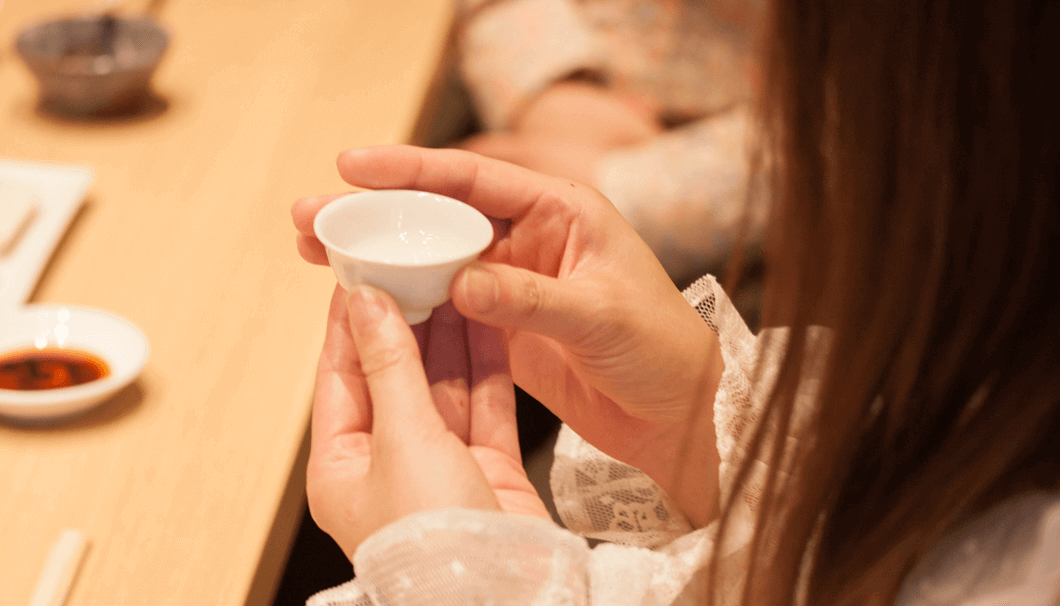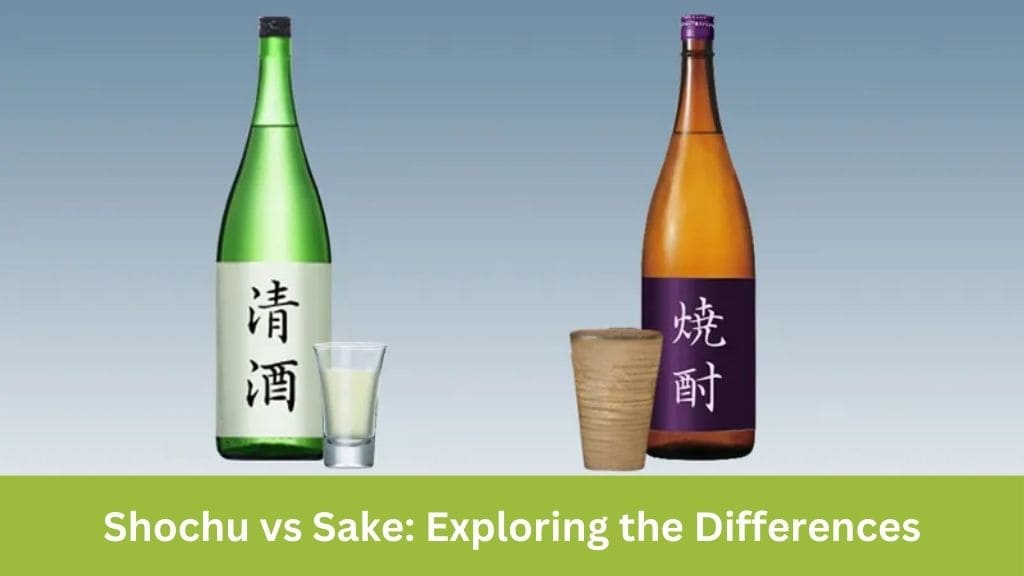In the realm of Japanese alcoholic beverages, two prominent contenders vie for attention: shochu and sake. Both are deeply ingrained in Japanese culture, offering unique flavors and drinking experiences. In this comprehensive guide, we delve into the intricacies of shochu and sake, exploring their production processes, ingredients, cultural significance, and more.
Shochu and sake are both beloved staples of Japanese drinking culture, each with its own distinct characteristics and traditions. Understanding the differences between these beverages can deepen appreciation for their craftsmanship and heritage. Let’s embark on a journey to uncover the nuances of shochu and sake.
Origins and Cultural Significance
Sake: The Nectar of Japan

Sake, often referred to as “rice wine,” holds a revered status in Japanese society. Its origins can be traced back centuries, with a rich history steeped in tradition and ritual. Sake plays a central role in various ceremonies and celebrations, symbolizing prosperity, purity, and togetherness.
Shochu: The Versatile Spirit
Shochu, on the other hand, is a more recent addition to the Japanese drinking landscape, gaining popularity in the latter half of the 20th century. Despite its relatively short history, shochu has rapidly become a favorite among drinkers for its versatility and robust flavor profile. It is enjoyed in a myriad of settings, from casual izakaya outings to formal gatherings.
Production Processes
Sake Brewing: Artistry in Fermentation
Sake production involves a meticulous brewing process that requires precision and skill. The key steps include rice polishing, washing, soaking, steaming, fermenting, pressing, and aging. Each stage is carefully orchestrated to coax out the complex flavors and aromas inherent in sake.
Shochu Distillation: Harnessing the Essence

In contrast, shochu is crafted through a process of distillation, where the fermented mash undergoes heating and cooling to separate alcohol from water. This method allows for the extraction of concentrated flavors and higher alcohol content. Shochu can be distilled from various raw materials, including sweet potatoes, barley, rice, and even brown sugar.
Ingredient Variation
Sake: Rice as the Core Element
Rice is the primary ingredient in sake production, contributing to its delicate flavor profile and smooth texture. Different strains of rice, water sources, and brewing techniques yield a diverse range of sake styles, from light and floral to rich and robust.
Shochu: Diversity in Ingredients

Shochu offers a broader spectrum of ingredients, allowing for greater diversity in flavor and character. While sweet potatoes are a popular choice for traditional “imo” shochu, other options include barley, rice, buckwheat, and even sugarcane. Each ingredient imparts its unique nuances, resulting in a kaleidoscope of shochu varieties to explore.
Flavor Profiles
Sake: Elegance and Sophistication
Sake is prized for its refined taste and elegant aroma, often described as clean, subtle, and well-balanced. Depending on factors such as rice polishing ratio, yeast strains, and brewing methods, sake can exhibit a spectrum of flavors ranging from fruity and floral to earthy and umami-rich.
Shochu: Boldness and Depth
In contrast, shochu tends to possess a bolder and more pronounced flavor profile, with distinct notes influenced by its base ingredient. Imo shochu, for instance, may showcase earthy, savory, and slightly sweet characteristics, while barley shochu might offer a nutty, grainy, or herbal complexity.
Alcohol Content and Consumption
Sake: Moderate Strength, Versatile Pairings
Typically, sake boasts a moderate alcohol content ranging from 15% to 16%, making it suitable for sipping on its own or pairing with a wide array of dishes. Its versatility allows for seamless integration into various culinary experiences, from sushi dinners to traditional kaiseki meals.
Shochu: Potent Potency, Diverse Drinking Styles
Shochu, with its higher alcohol content averaging around 25%, packs a more potent punch than sake. This potency lends itself well to diverse drinking styles, whether enjoyed straight, on the rocks, diluted with water, or mixed into cocktails. Each method accentuates different aspects of shochu’s flavor profile, offering drinkers a range of experiences to explore.
FAQs
What is the main difference between shochu and sake?
Shochu is a distilled liquor, while sake is brewed. This distinction in production methods results in differences in flavor, alcohol content, and drinking styles.
What are the primary ingredients used in making shochu and sake?
Sake is primarily made from rice, while shochu can be distilled from a variety of ingredients, including sweet potatoes, barley, rice, and buckwheat.
How does the flavor profile of shochu compare to that of sake?
Shochu tends to have a bolder and more pronounced flavor profile, influenced by its base ingredient, whereas sake is prized for its refined taste and elegant aroma.
What is the typical alcohol content of sake and shochu?
Sake generally has an alcohol content ranging from 15% to 16%, while shochu typically boasts a higher potency, averaging around 25%.
How are shochu and sake traditionally consumed?
Sake is commonly enjoyed straight or paired with various dishes, while shochu can be consumed straight, on the rocks, diluted with water, or mixed into cocktails.
Are there regional variations in the production and consumption of shochu and sake?
Yes, both shochu and sake exhibit regional diversity in Japan, with different prefectures known for their unique brewing techniques, ingredients, and drinking customs.
Conclusion
In the realm of Japanese alcoholic beverages, shochu and sake stand as pillars of tradition, craftsmanship, and cultural heritage. While sake embodies elegance and refinement, shochu exudes boldness and versatility. By understanding the nuances of their production processes, ingredient variations, and flavor profiles, enthusiasts can embark on a sensory journey through Japan’s vibrant drinking culture. Whether savoring a glass of sake or raising a toast with shochu, each sip offers a glimpse into the rich tapestry of Japanese culinary and social customs. Cheers to the endless exploration of shochu and sake!
I’m Chen Mina, from Vol de Nuit, who has a special passion for bartending, especially mixing wine, beer, and cooktail. Here you will find content about alcoholic beverages, I will bring you knowledge that few people know about this drink.





